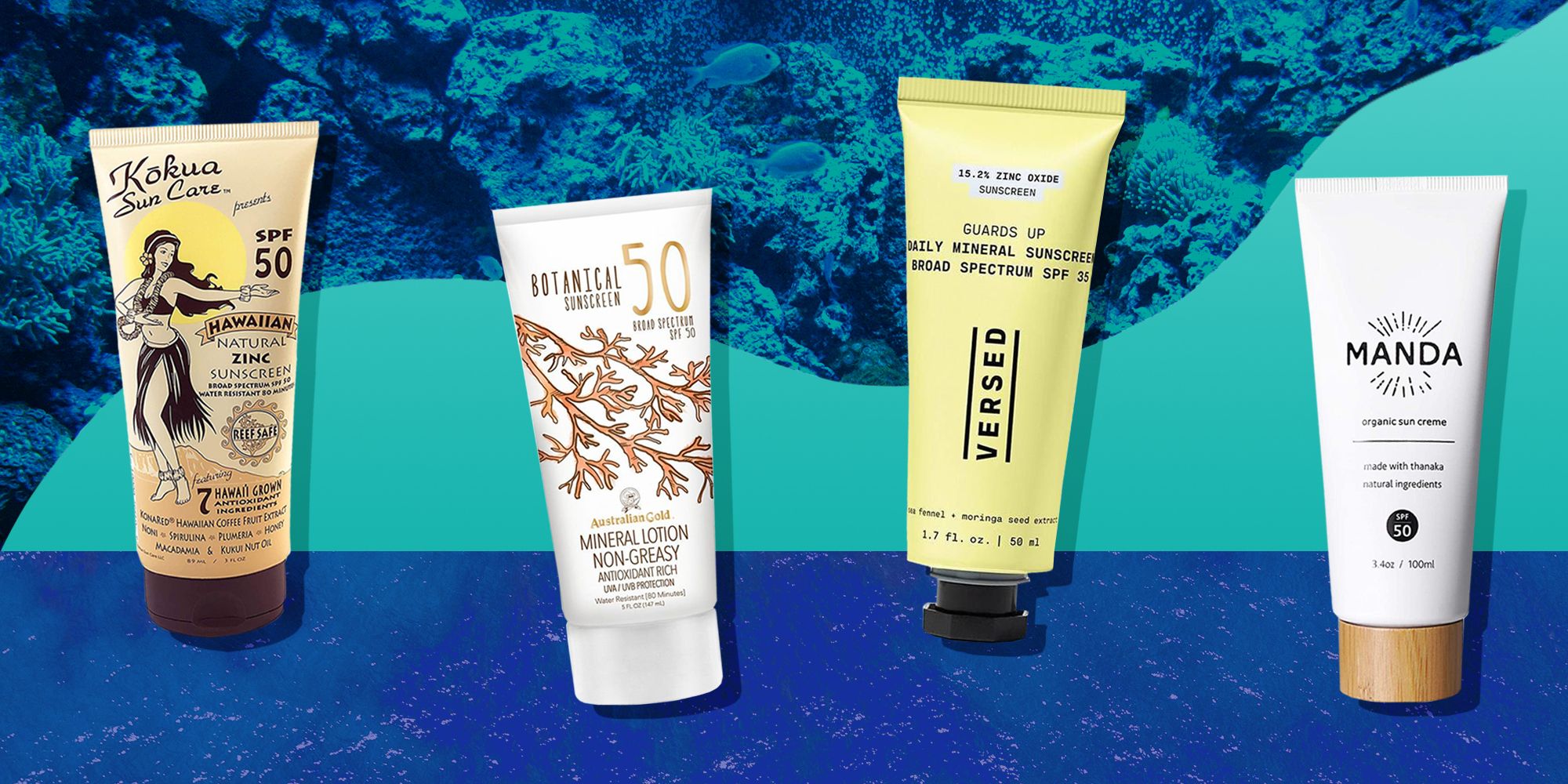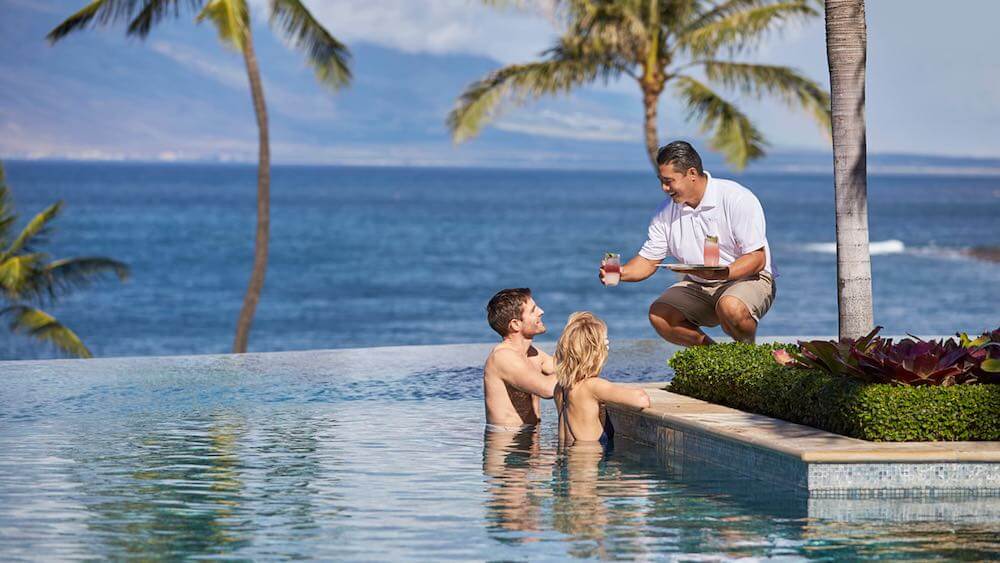When it comes to enjoying the sun-soaked beaches of Hawaii, applying sunscreen is essential. The beautiful Hawaiian islands are known for their warm weather, bright sun, and vibrant ocean. While soaking up the rays feels great, it’s important to protect your skin from harmful UV radiation. In this article, we will explore the importance of using Hawaii safe sunscreen, the best ingredients to look for, and tips for choosing the right sunscreen for your beach adventures. We’ll also cover the environmental impact of certain sunscreens and why using safe products is crucial for preserving Hawaii’s natural beauty.
Understanding Sunscreen
Before we dive into the specifics of Hawaii safe sunscreen, let’s first understand what sunscreen is and how it works. Sunscreen is a topical product applied to the skin to protect against the sun’s ultraviolet (UV) rays. There are two main types of UV radiation that sunscreen protects against:
UVA Rays
UVA rays penetrate deep into the skin and are primarily responsible for skin aging and wrinkles. They can also contribute to skin cancer. These rays are present throughout the day, even on cloudy days, so it’s important to wear sunscreen even when the sun isn’t shining bright.
UVB Rays
UVB rays are responsible for causing sunburn and play a significant role in developing skin cancer. These rays are strongest between 10 AM and 4 PM, which means you should be especially cautious during these hours. A good sunscreen will protect against both UVA and UVB rays. You can also read this :All Inclusive Hawaii: Your Ultimate Vacation Experience
The Importance of Using Safe Sunscreen in Hawaii
Hawaii is known for its stunning marine life and vibrant ecosystems. However, many conventional sunscreens contain harmful ingredients that can negatively impact the ocean and its inhabitants. Here are a few reasons why using Hawaii safe sunscreen is essential:
Protecting Coral Reefs
Certain chemicals found in sunscreens, such as oxybenzone and octinoxate, have been shown to cause coral bleaching and damage marine ecosystems. This is particularly concerning in Hawaii, where coral reefs are vital to the health of the ocean and support diverse marine life. Choosing reef-safe sunscreen helps protect these beautiful ecosystems.
Avoiding Harmful Chemicals on Your Skin
Many conventional sunscreens contain harmful chemicals that can irritate your skin or cause allergic reactions. By opting for natural and safe ingredients, you can protect your skin and the environment simultaneously. Ingredients such as zinc oxide and titanium dioxide are considered safe and effective alternatives.
Supporting Local Regulations
Hawaii has taken steps to protect its environment by banning the sale of sunscreens containing harmful chemicals. By using Hawaii safe sunscreen, you are supporting these regulations and helping to preserve the natural beauty of the islands.
What to Look for in Hawaii Safe Sunscreen
Choosing the right sunscreen can be overwhelming with so many options available. Here are some key features to look for in Hawaii safe sunscreen:
Broad-Spectrum Protection
Always select a sunscreen labeled as “broad-spectrum.” This means it protects against both UVA and UVB rays. Look for a minimum SPF of 30 for adequate protection.
Reef-Safe Ingredients
Choose sunscreens that use mineral-based ingredients, such as zinc oxide and titanium dioxide. These ingredients sit on top of the skin and reflect UV rays instead of absorbing them. Avoid sunscreens with oxybenzone, octinoxate, and other harmful chemicals.
Water Resistance
If you plan to swim or sweat, look for a water-resistant sunscreen. Water-resistant sunscreens provide protection for a certain amount of time (usually 40 or 80 minutes) while you’re in the water or sweating.
Hypoallergenic and Fragrance-Free
If you have sensitive skin, look for hypoallergenic and fragrance-free options. These products are less likely to irritate your skin and are suitable for individuals prone to allergies.
Eco-Friendly Packaging
Opt for brands that use eco-friendly packaging to minimize environmental impact. This shows that the company is committed to preserving the beauty of Hawaii and the planet.
The Best Ingredients for Hawaii Safe Sunscreen
When shopping for Hawaii safe sunscreen, it’s essential to understand which ingredients are beneficial and which ones to avoid. Here are some of the best and safest ingredients to look for:
Zinc Oxide
Zinc oxide is a natural mineral that provides broad-spectrum protection against UV rays. It’s safe for the environment and effective for all skin types. Zinc oxide is often recommended for sensitive skin, making it a top choice for families.
Titanium Dioxide
Titanium dioxide is another mineral sunscreen ingredient that provides UV protection. Like zinc oxide, it’s safe for marine life and suitable for sensitive skin. Many sunscreens combine both zinc oxide and titanium dioxide for enhanced protection.
Natural Oils
Some sunscreens incorporate natural oils such as coconut oil, jojoba oil, or shea butter. These oils can provide additional moisture and nourishment to your skin while offering some natural protection against UV rays. However, they should not replace traditional sunscreen ingredients.
Aloe Vera
Aloe vera is known for its soothing properties. Many natural sunscreens include aloe vera to help hydrate and calm the skin after sun exposure.
Antioxidants
Look for sunscreens that contain antioxidants like vitamin E or green tea extract. These ingredients can help protect your skin from free radical damage caused by sun exposure and environmental stressors.
Sunscreen Application Tips
To get the most out of your Hawaii safe sunscreen, proper application is crucial. Here are some tips to ensure you are using sunscreen effectively:
Apply Generously
Most people do not apply enough sunscreen to achieve the labeled SPF protection. A general rule of thumb is to use about one ounce (a shot glass full) for your entire body. Make sure to cover all exposed skin, including your ears, feet, and back of your neck.
Reapply Regularly
Sunscreen should be reapplied every two hours, or more frequently if you are swimming or sweating. Even water-resistant formulas need reapplication after towel drying or spending time in the water.
Don’t Forget Sensitive Areas
Pay extra attention to sensitive areas that are more prone to sunburn, such as your nose, shoulders, and tops of your feet. These areas may need a bit more sunscreen.
Use Sunscreen Year-Round
Even if you’re not on the beach, UV rays can penetrate clouds and cause skin damage. Make sunscreen a part of your daily routine, even during the cooler months or when it’s overcast.
Consider Additional Protection
In addition to sunscreen, consider wearing protective clothing, hats, and sunglasses when spending time outdoors. These additional measures can help shield your skin from harmful UV rays.
Eco-Friendly Brands for Hawaii Safe Sunscreen
If you’re looking for eco-friendly and safe sunscreen options, here are a few brands that prioritize reef safety and natural ingredients:
1. Badger Balm
Badger Balm is a popular brand known for its eco-friendly and organic ingredients. Their sunscreen products are made with non-nano zinc oxide and are free from harmful chemicals. They also use sustainable packaging.
2. Thinksport
Thinksport offers a range of safe sunscreens that are both effective and eco-friendly. Their products are free from harmful chemicals and are water-resistant, making them ideal for beach days.
3. Neutrogena Sheer Zinc
Neutrogena’s Sheer Zinc line provides broad-spectrum protection using mineral-based ingredients. They are lightweight, non-greasy, and suitable for sensitive skin.
4. Hawaiian Tropic Mineral Sunscreen
Hawaiian Tropic has a mineral sunscreen line that is free from harmful chemicals. Their formulas contain natural ingredients and provide broad-spectrum protection while moisturizing your skin.
5. SunBum
SunBum offers a range of reef-safe sunscreens that are dermatologist tested and hypoallergenic. Their products are effective and come in various scents, making them enjoyable to use.
Common Myths About Sunscreen
There are many misconceptions about sunscreen that can lead to improper use. Here are some common myths and the truths behind them:
Myth: You Don’t Need Sunscreen on Cloudy Days
Truth: UV rays can penetrate clouds, so you can still get sunburned on overcast days. It’s essential to wear sunscreen year-round, regardless of the weather.
Myth: Sunscreen is Only for the Beach
Truth: You should wear sunscreen whenever you spend time outdoors, even if you are not at the beach. UV rays can cause skin damage while hiking, gardening, or running errands.
Myth: Higher SPF Means Better Protection
Truth: While higher SPF offers increased protection, it does not mean you can stay in the sun longer without reapplying. SPF 30 blocks about 97% of UVB rays, while SPF 50 blocks about 98%. The difference is minimal, so reapplication is key.
Myth: You Don’t Need to Reapply if You’re Water-Resistant
Truth: Even water-resistant sunscreens need to be reapplied after swimming or sweating. Always follow the instructions on the label for best results.
Myth: You Can Skip Sunscreen if You Have Dark Skin
Truth: People with darker skin tones can still get sunburned and experience skin damage from UV rays. Everyone, regardless of skin tone, should use sunscreen for protection.
Frequently Asked Questions About Hawaii Safe Sunscreen
What is Hawaii safe sunscreen?
Hawaii safe sunscreen refers to sunscreens that do not contain harmful chemicals like oxybenzone and octinoxate. These products are designed to protect both your skin and the marine environment.
How can I tell if a sunscreen is safe for Hawaii?
Look for labels that say “reef-safe” or “Hawaii compliant.” Also, check the ingredients list for safe options like zinc oxide and titanium dioxide while avoiding harmful chemicals.
Is mineral sunscreen better than chemical sunscreen?
Mineral sunscreens are generally considered safer for both your skin and the environment. They provide broad-spectrum protection without absorbing harmful chemicals into your body.
How often should I reapply sunscreen?
Reapply sunscreen every two hours, or more often if you are swimming or sweating. Always follow the instructions on the product label.
Can I use sunscreen on my face?
Yes, you can use sunscreen on your face. Look for facial sunscreens that are specifically formulated for facial skin, especially if you have sensitive skin or acne-prone skin.
Do I need sunscreen in the shade?
While shade provides some protection from UV rays, you can still be exposed to reflected rays. It’s always a good idea to wear sunscreen, even if you plan to spend time in the shade.
Conclusion
Using Hawaii safe sunscreen is crucial for protecting your skin and preserving the beauty of Hawaii’s marine environment. By selecting the right sunscreen with safe ingredients, you can enjoy your time on the beach while ensuring the health of your skin and the ocean. Remember to apply generously, reapply regularly, and choose eco-friendly products whenever possible. Embrace the sun safely and enjoy all the beauty that Hawaii has to offer!
For more information about Hawaii and its attractions, feel free to visit Hawaiian Page.



